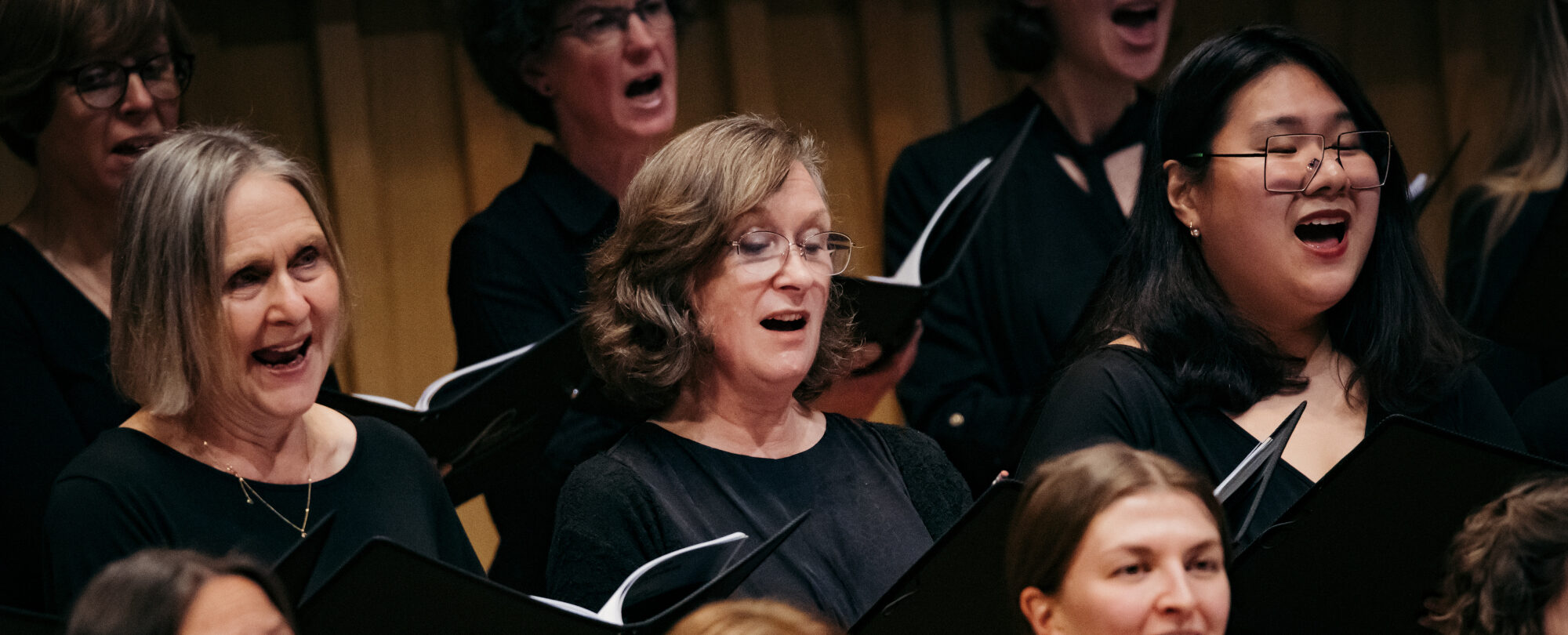Royal Northern Sinfonia and Chorus, October 2023 review
The focus of Saturday’s recent concert in the Leisure Centre was definitely on the Royal Northern Sinfonia’s Chorus as it marked the 50th birthday of this excellent choir. The Chorus first performed with the orchestra in November 1973, and to celebrate the event, the Sinfonia commissioned a new work, which was given its first performance on Friday, October 20, at the Glasshouse International Music Centre in Gateshead.
Tim Burke, chorus director, explained at the pre-concert talk in Kendal that the Sinfonia wanted to celebrate the occasion by putting together a programme of works written within the last five years and present these alongside a core work in the Chorus’s repertoire – on this occasion Mozart’s Requiem.
This worked well with the Chorus opening the programme with three unaccompanied items, the first of which was the young Newcastle-based multi-award-winning composer Joanna Ward’s I cannot get love. The Chorus coped well with the challenges the piece set the singers: interpreting the composer’s graphic notation alongside traditional melodies and harmonies. Clearly the Chorus had been well prepared for this concert, a tribute to their chorus director and the choir’s commitment: tuning, blend, tone and ensemble were first-rate.
The orchestra joined the Chorus for the new commission, Kerensa Briggs’ A blue and tender flower, followed by Jonathan Dove’s Sappho Sings, settings of poetic fragments by the ancient Greek poet Sappho. Both these works made full use of the orchestra. Kerensa Briggs’ new work was very approachable with its delicate textures and lyrical melodic lines. Jonathan Dove’s dramatic Sappho settings made great demands on both the Chorus and orchestra, who produced a gripping performance with the Chorus and orchestra capturing the spirit of the text.
The second half of the programme was devoted entirely to a performance of Mozart’s Requiem in which Chorus and orchestra were joined by four impressive soloists. The Chorus produced a powerful sound in the dramatic ‘Dies irae’ and ‘Rex tremendae’, but there were many tender, quieter moments, like the lovely ‘Lachrimosa’ and ‘Benedictus’, for example. One of the most impressive features of this performance was the rhythmic precision that Stephen Layton insisted on. He emphasised the operatic sense of drama inherent in the work, interpreting it more as a celebration of a life well lived rather than a work about death.
The Chorus and orchestra responded well to his dramatic gestures, and he produced a fine performance of this much-loved work – an occasion to be remembered by all of us.
Clive Walkley





